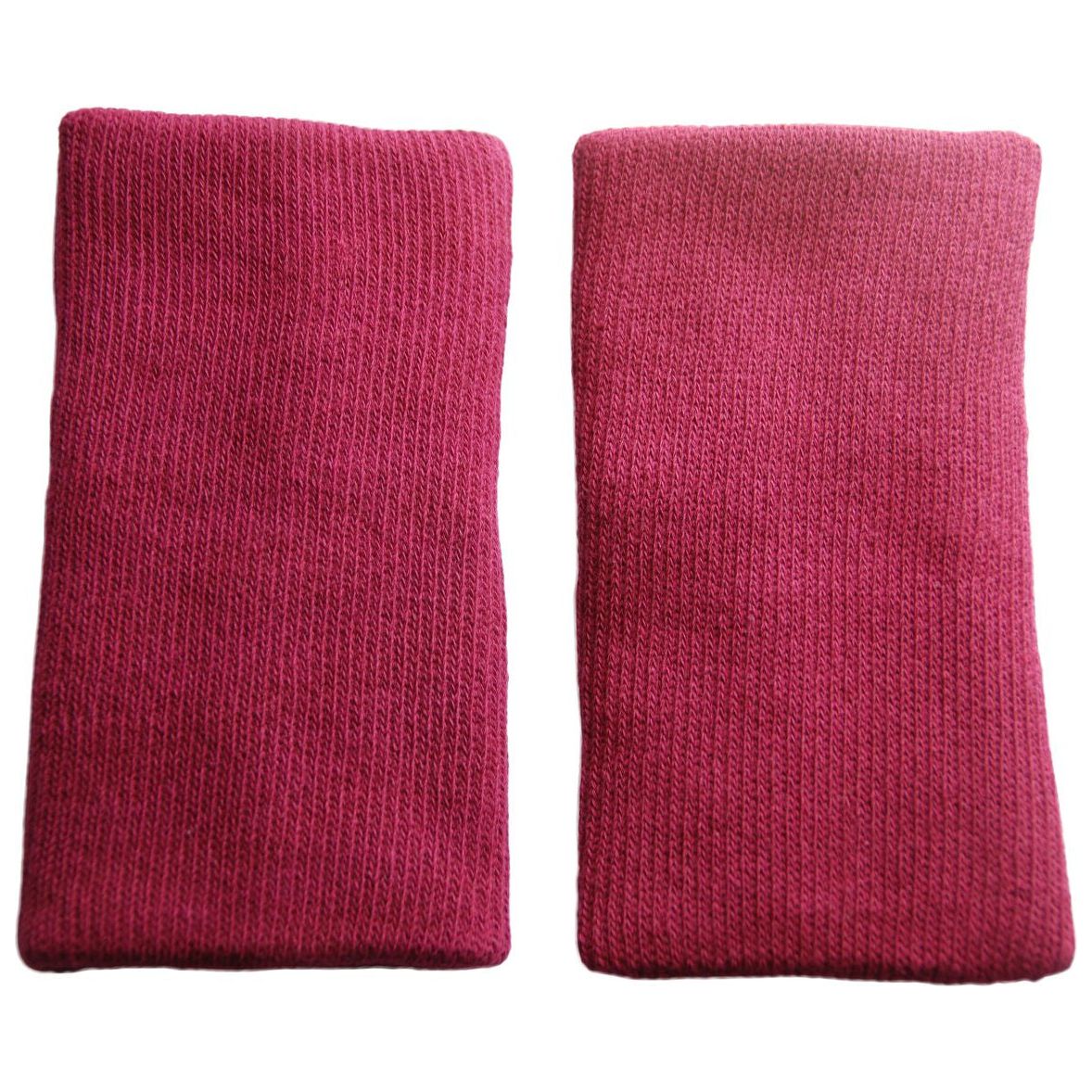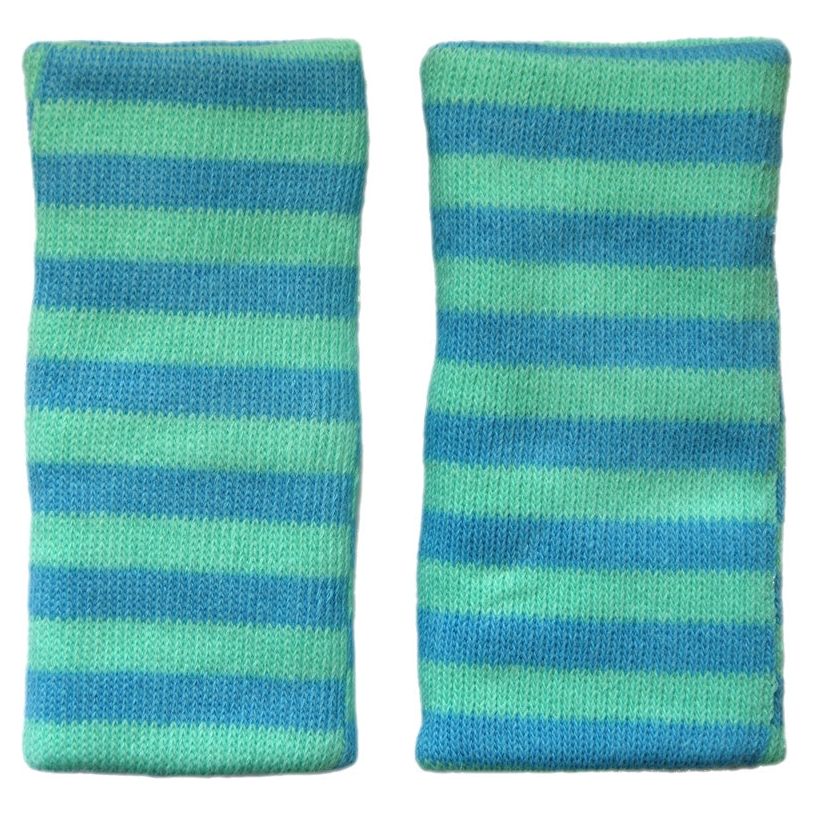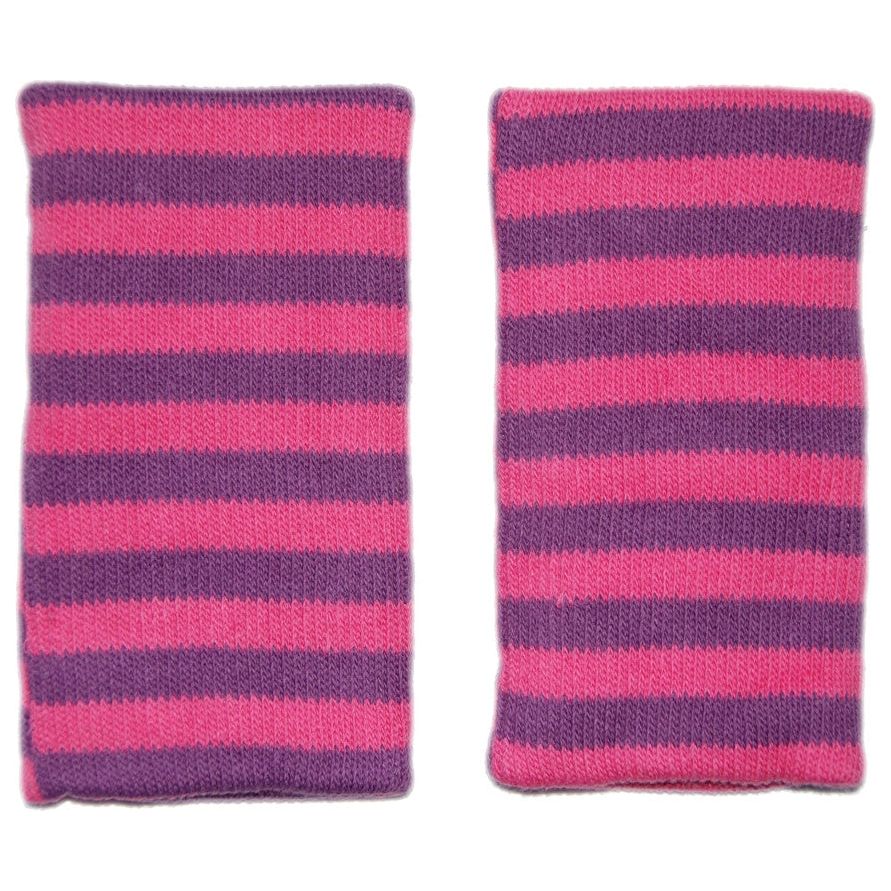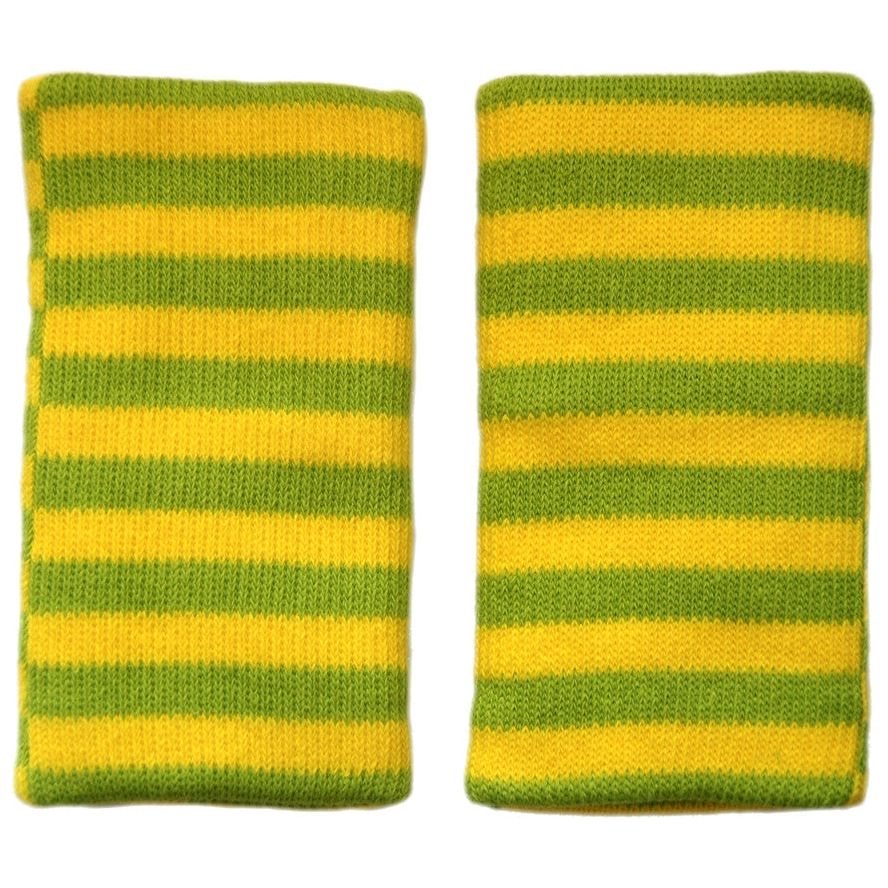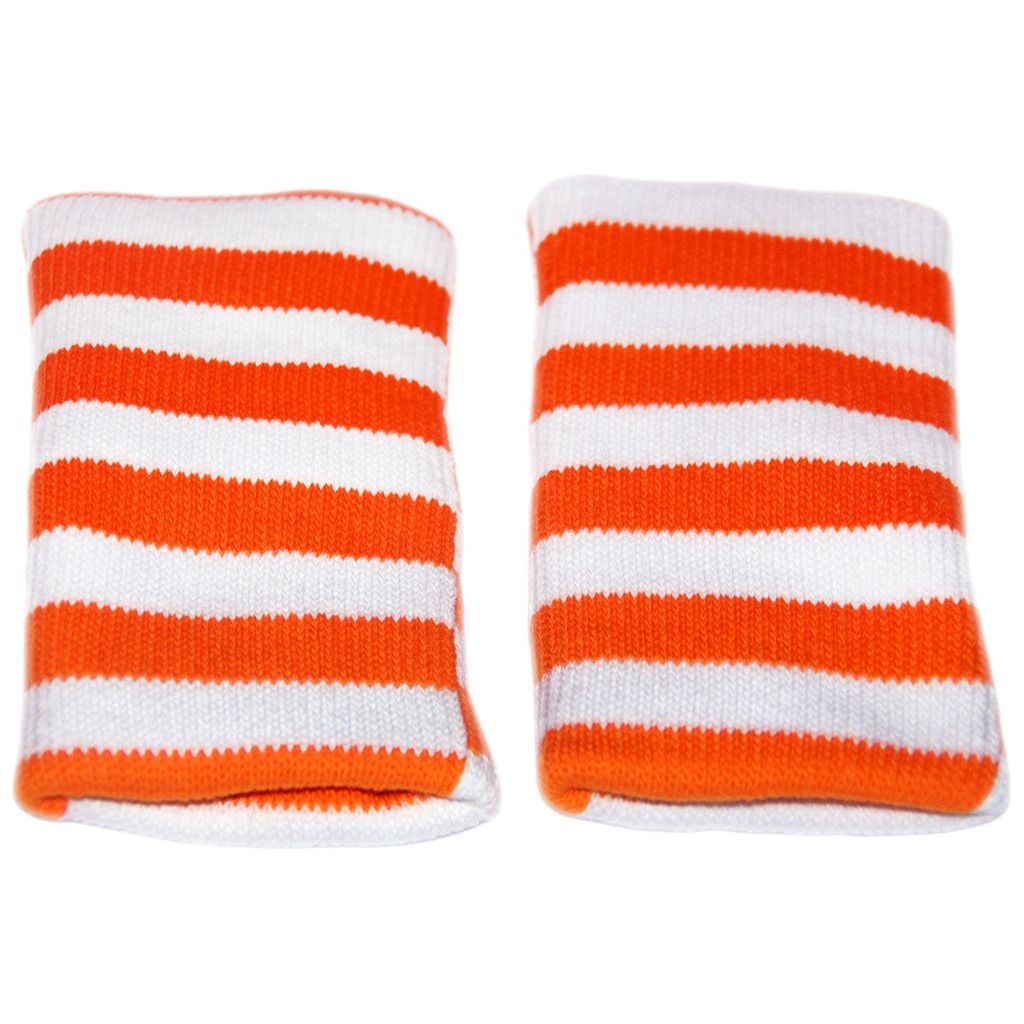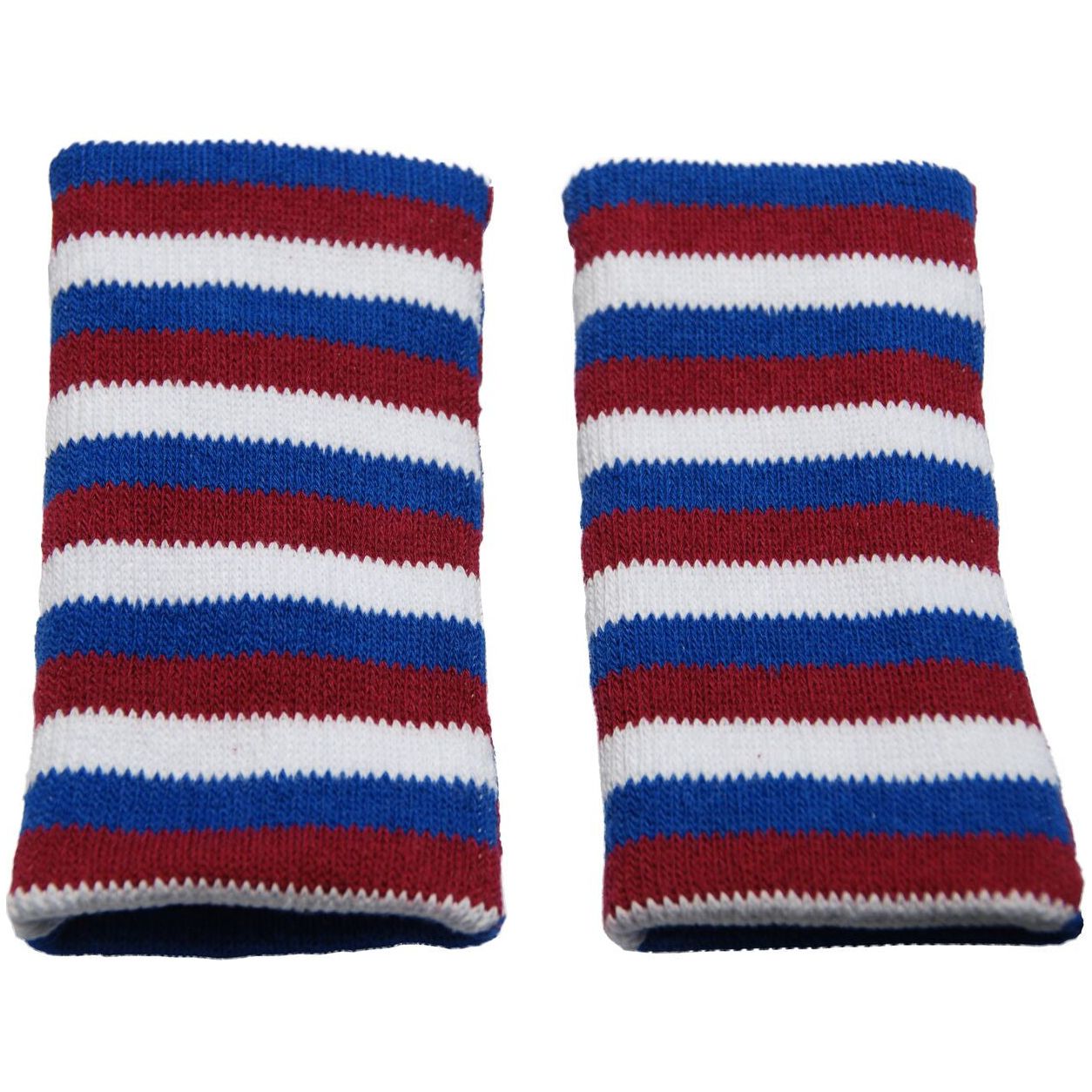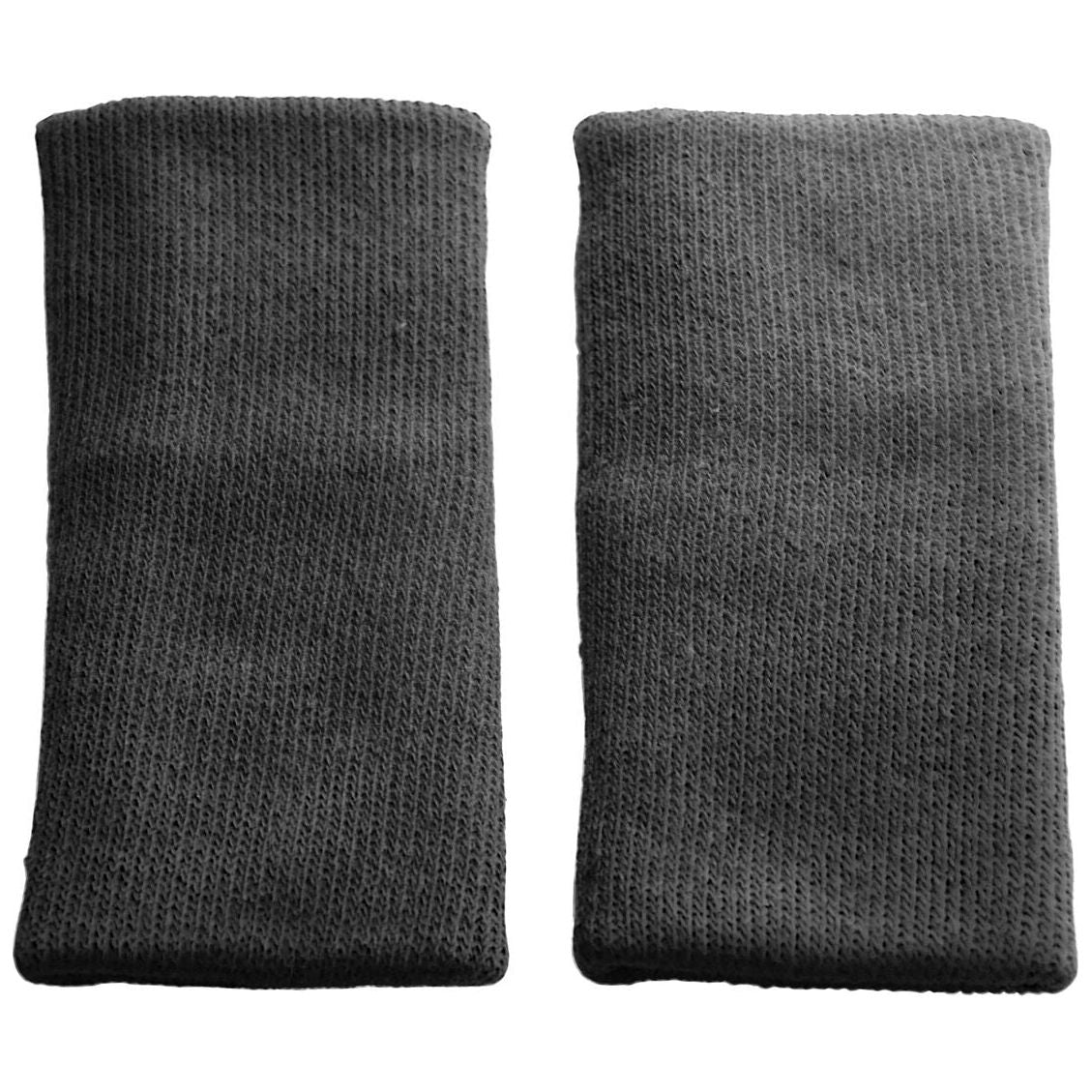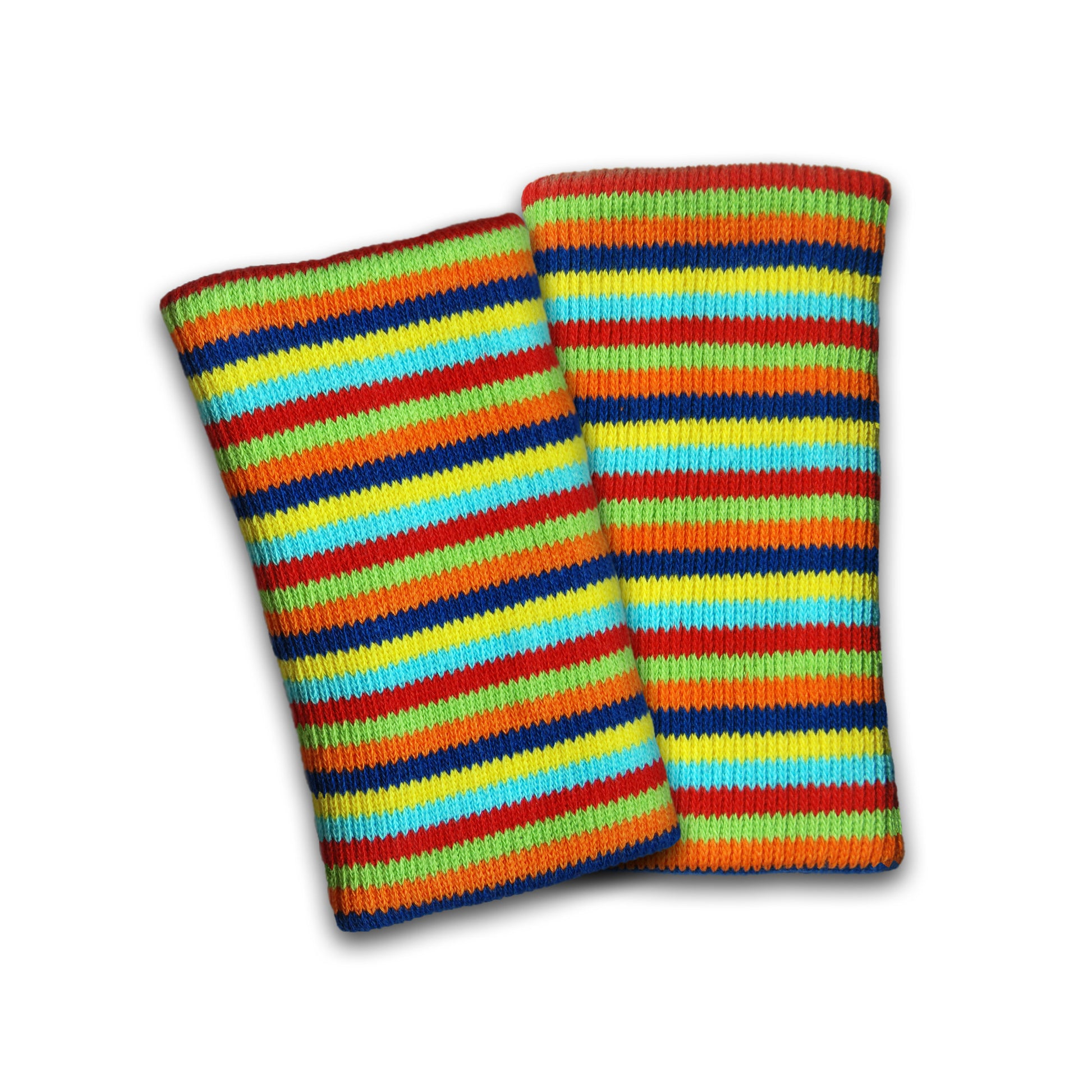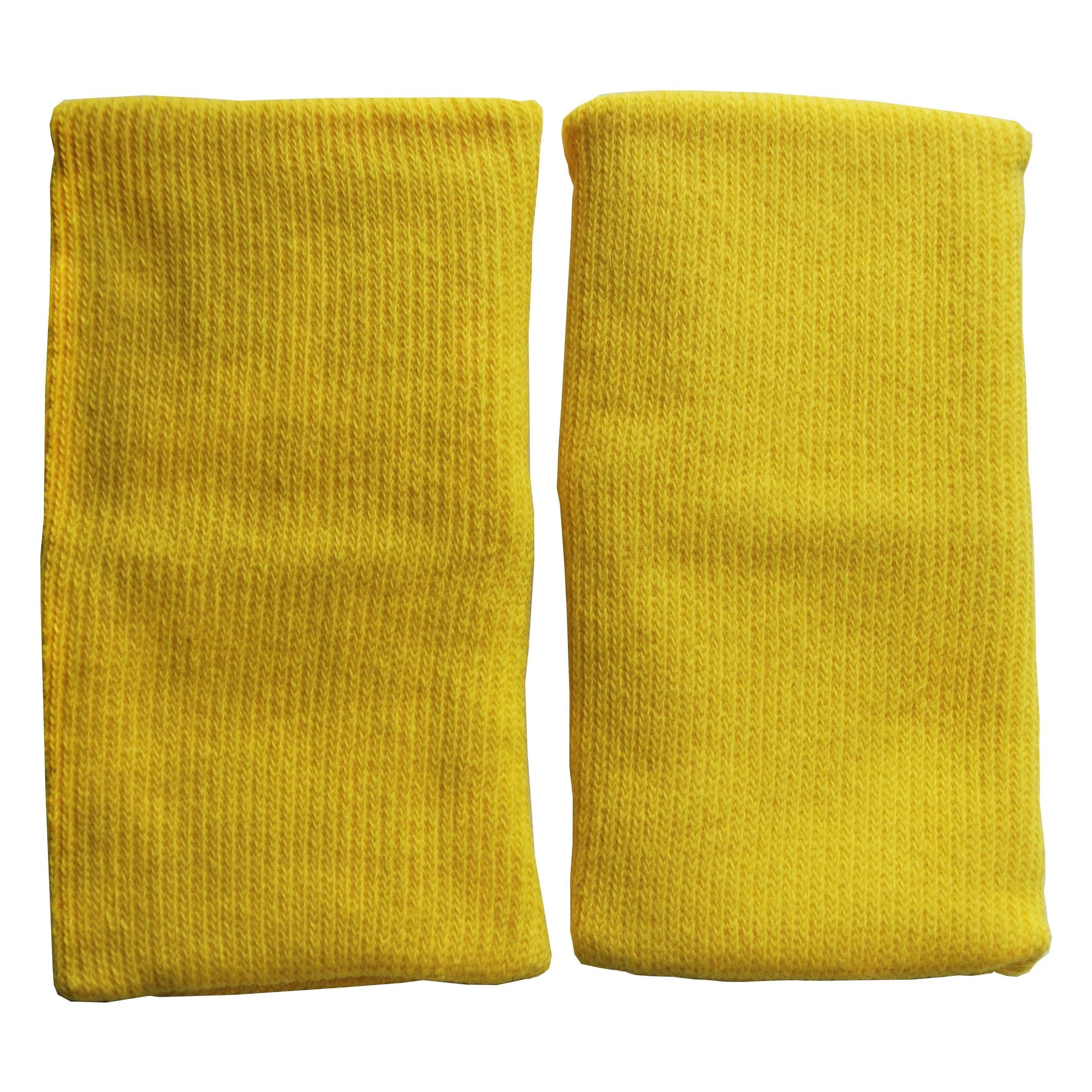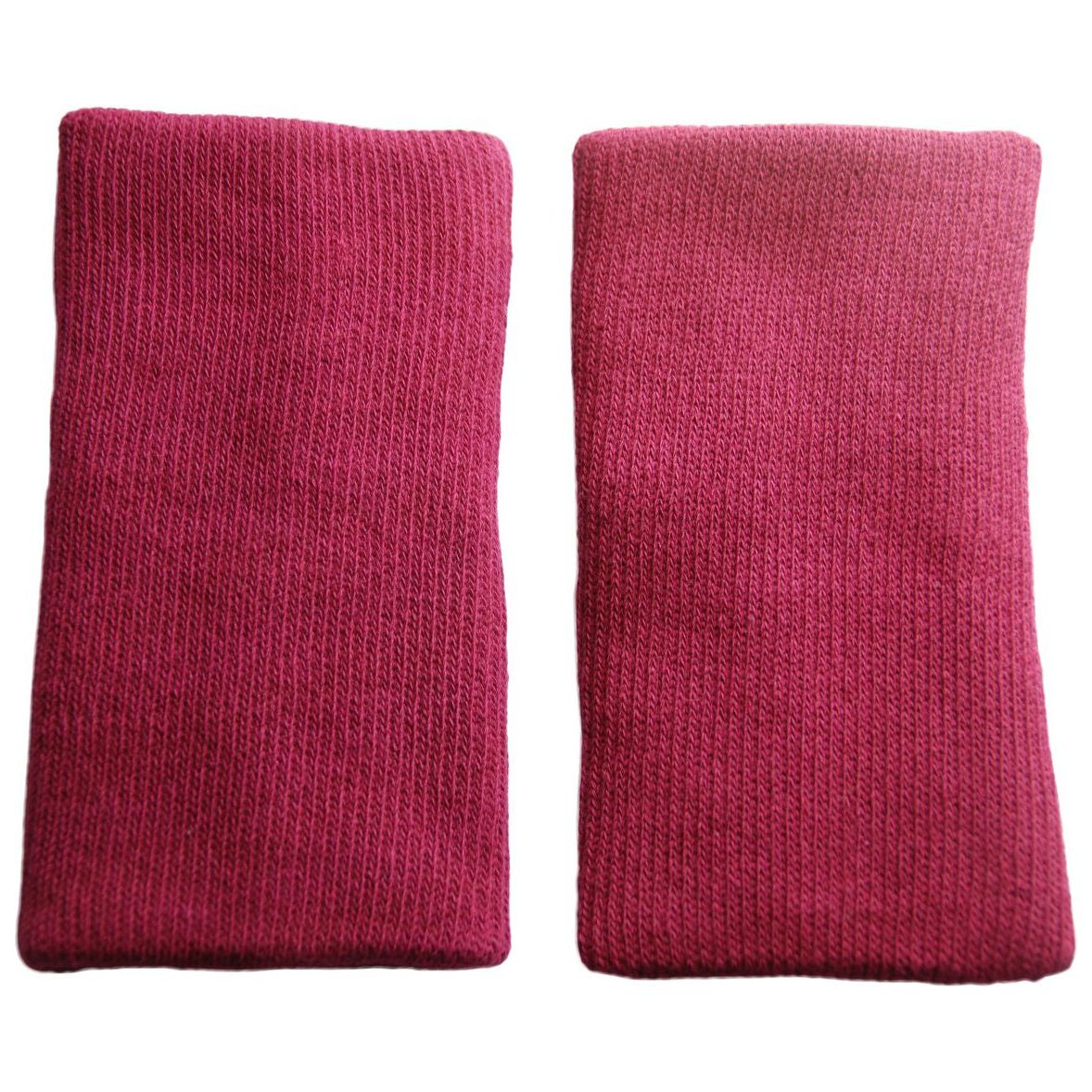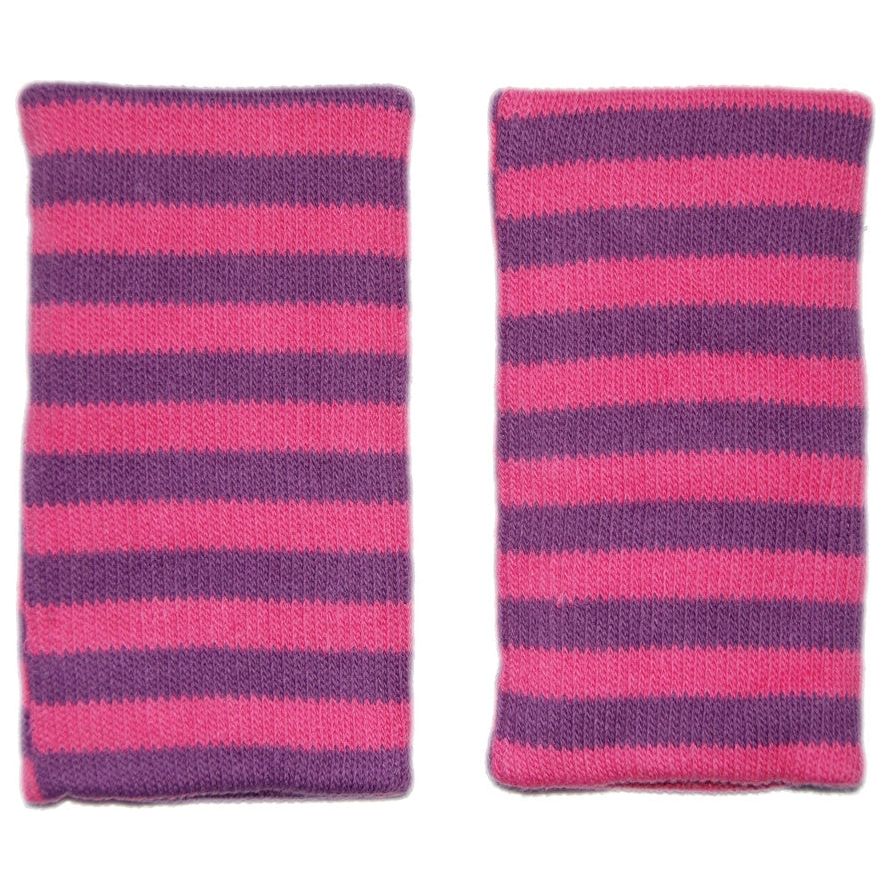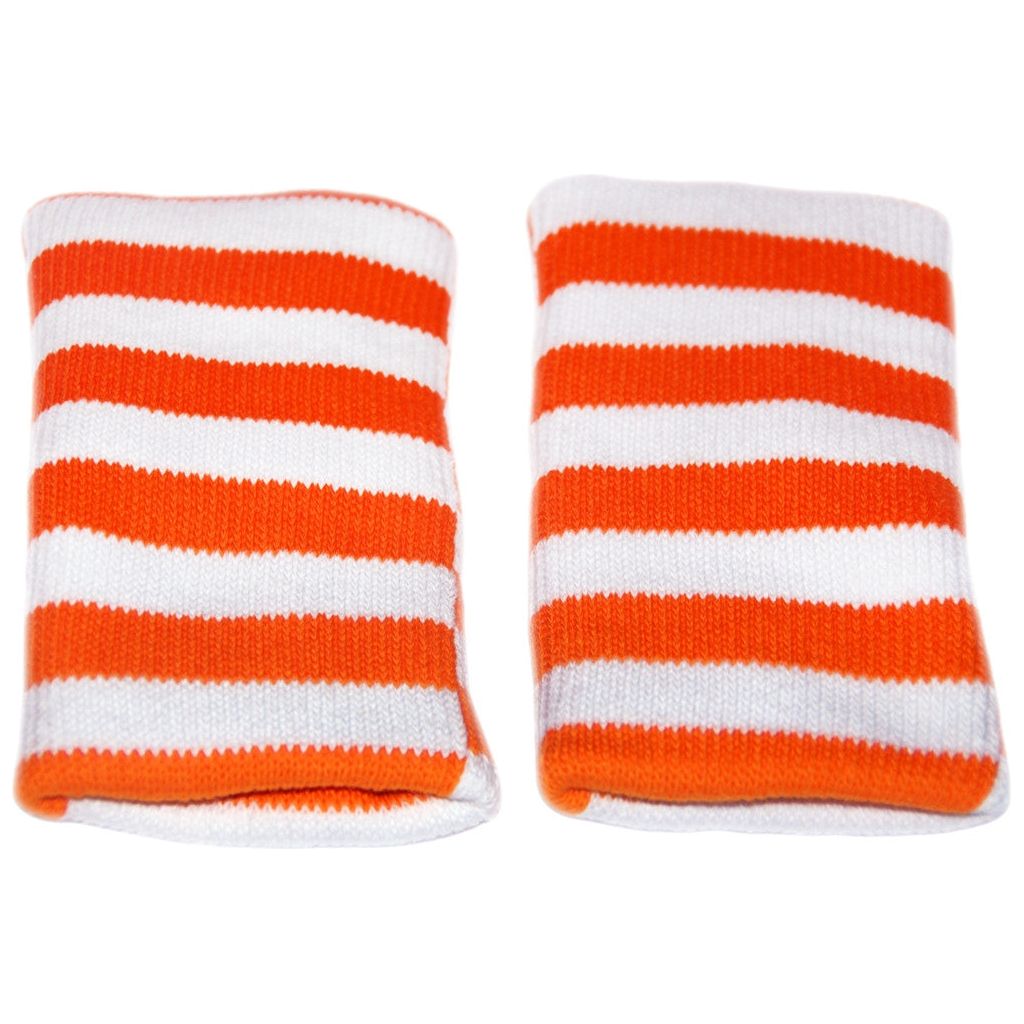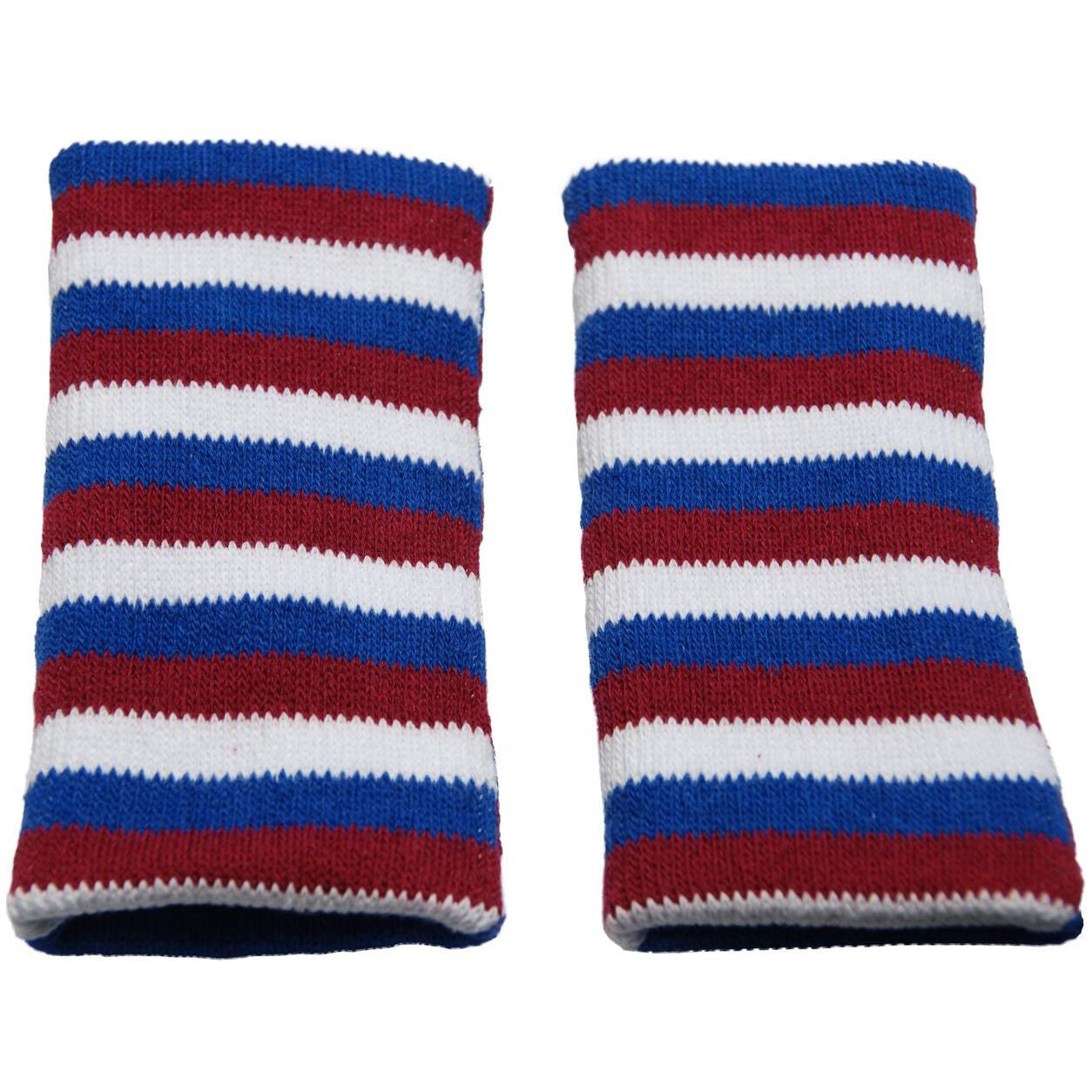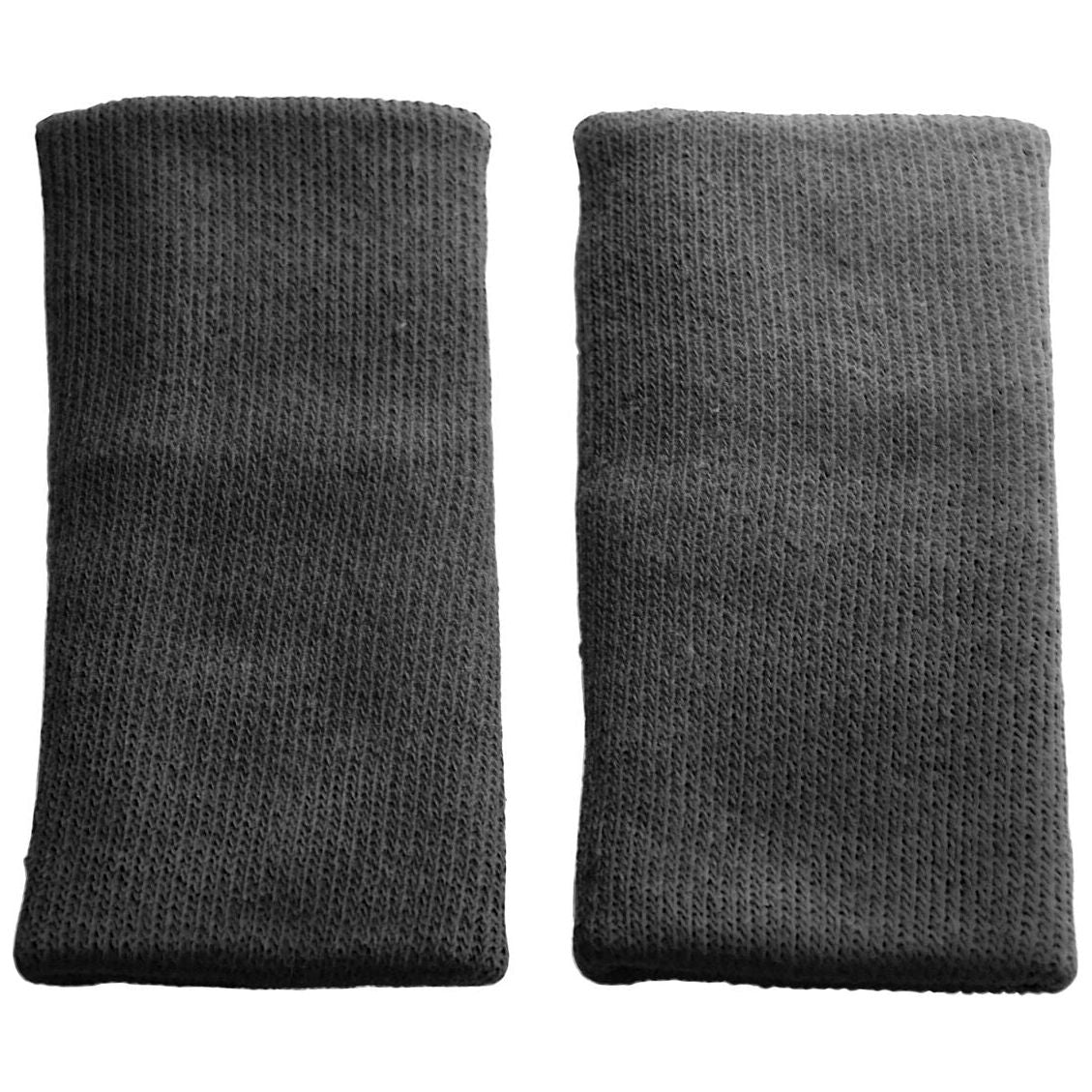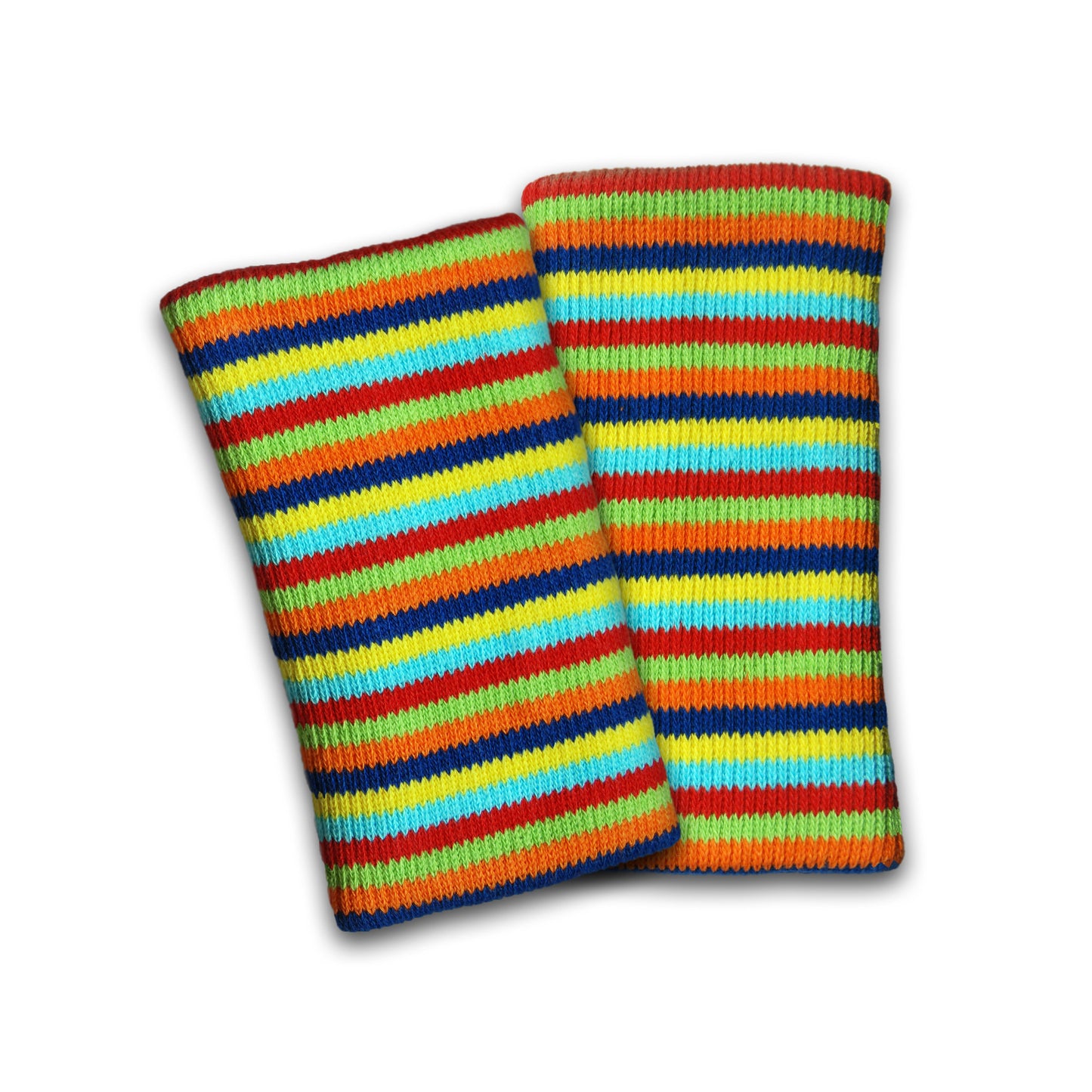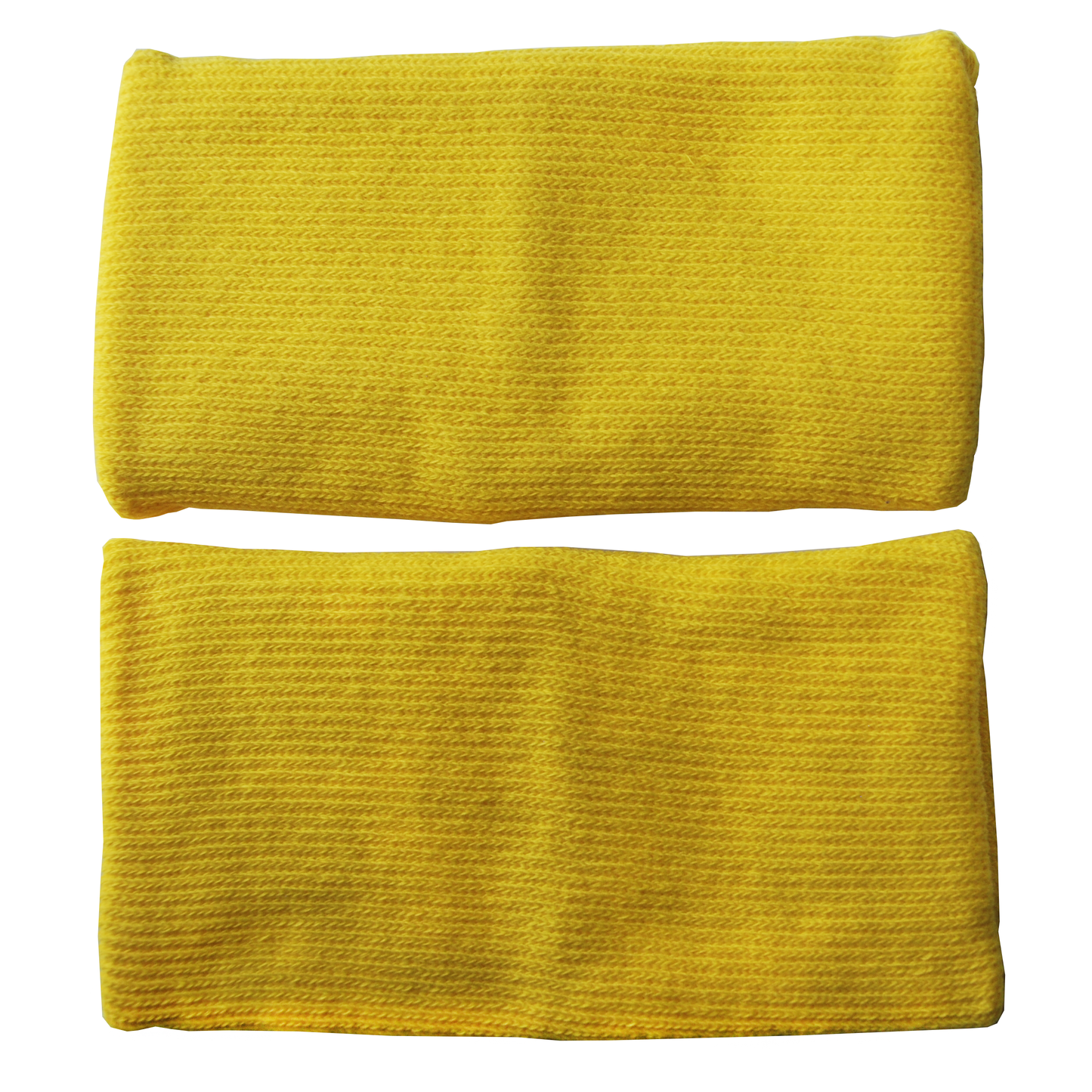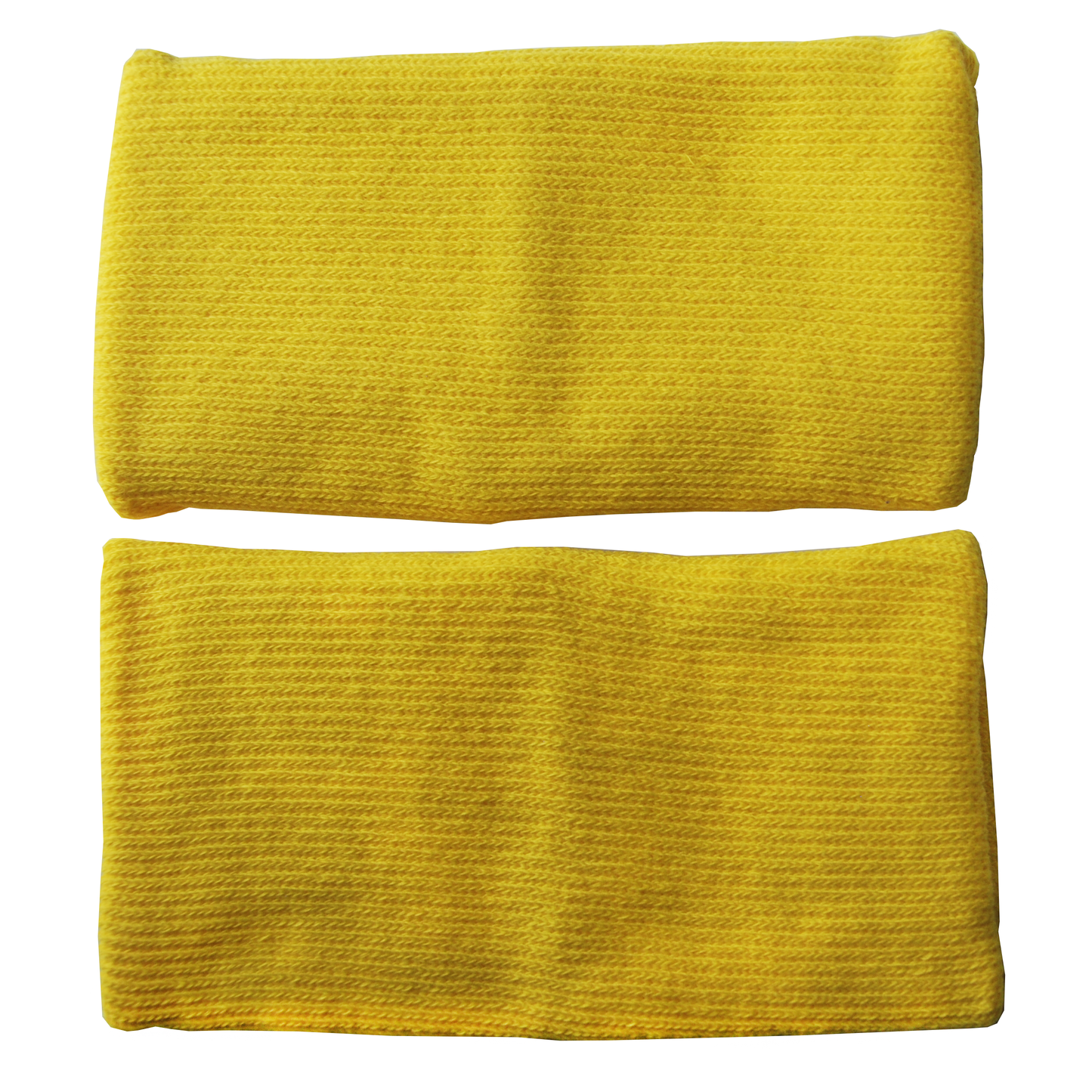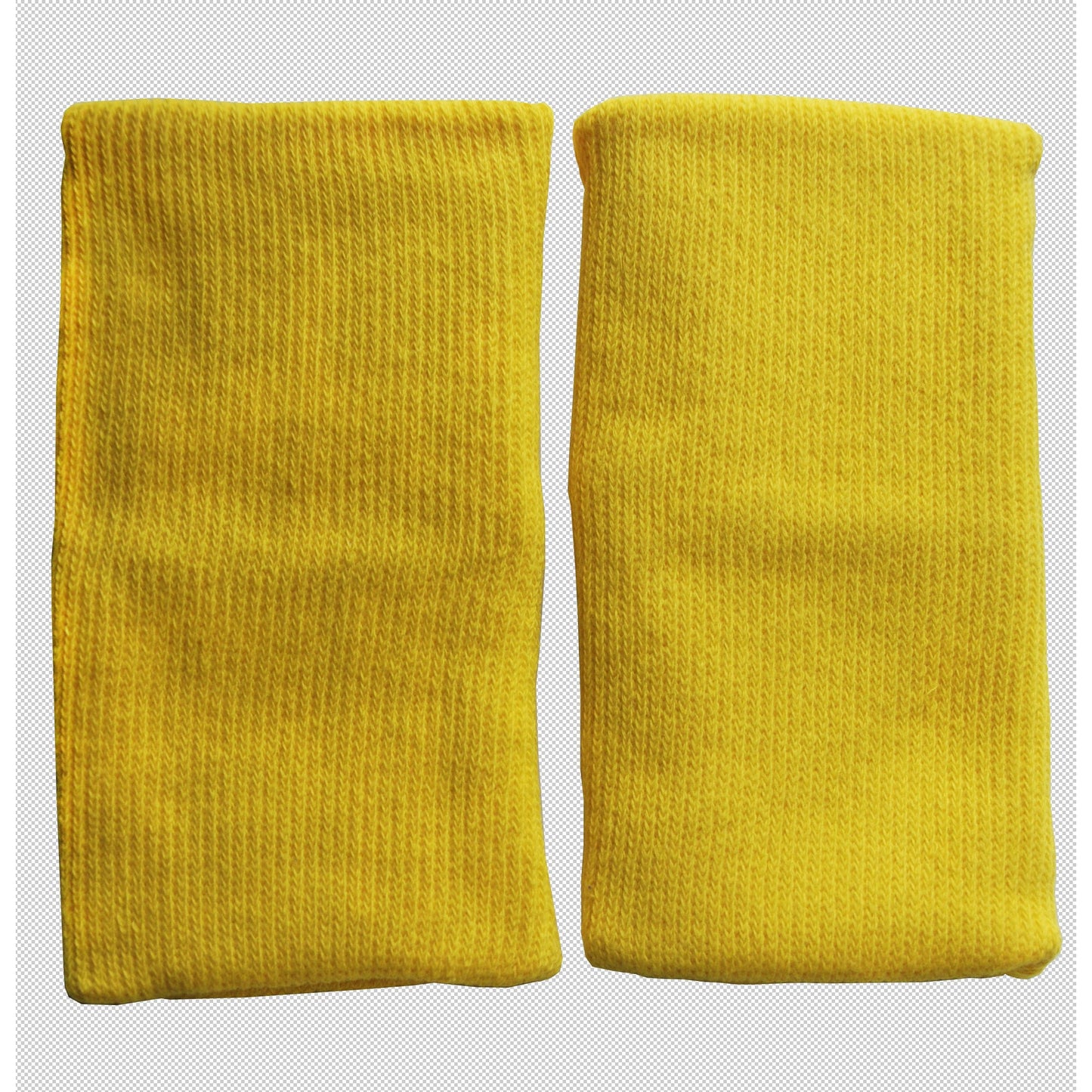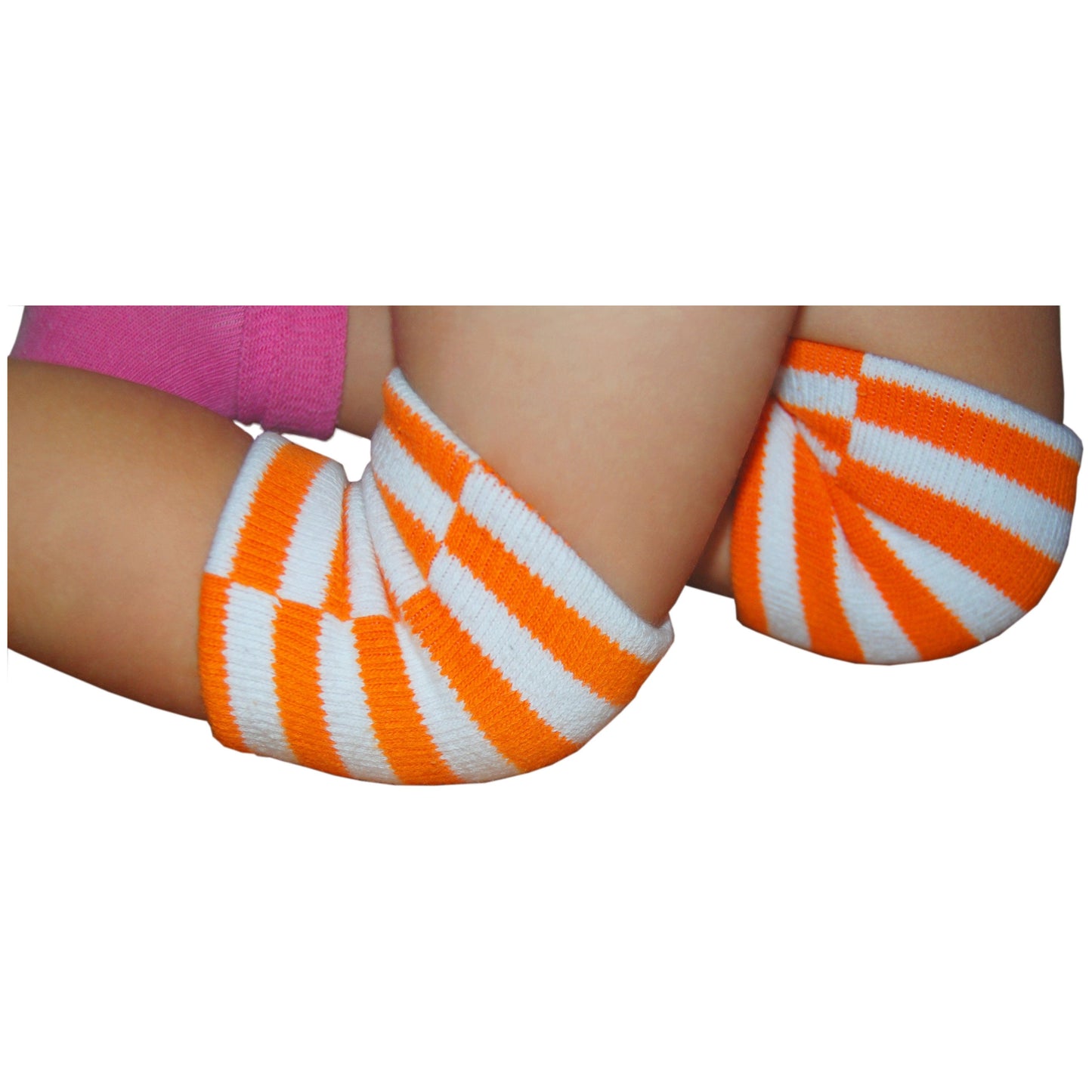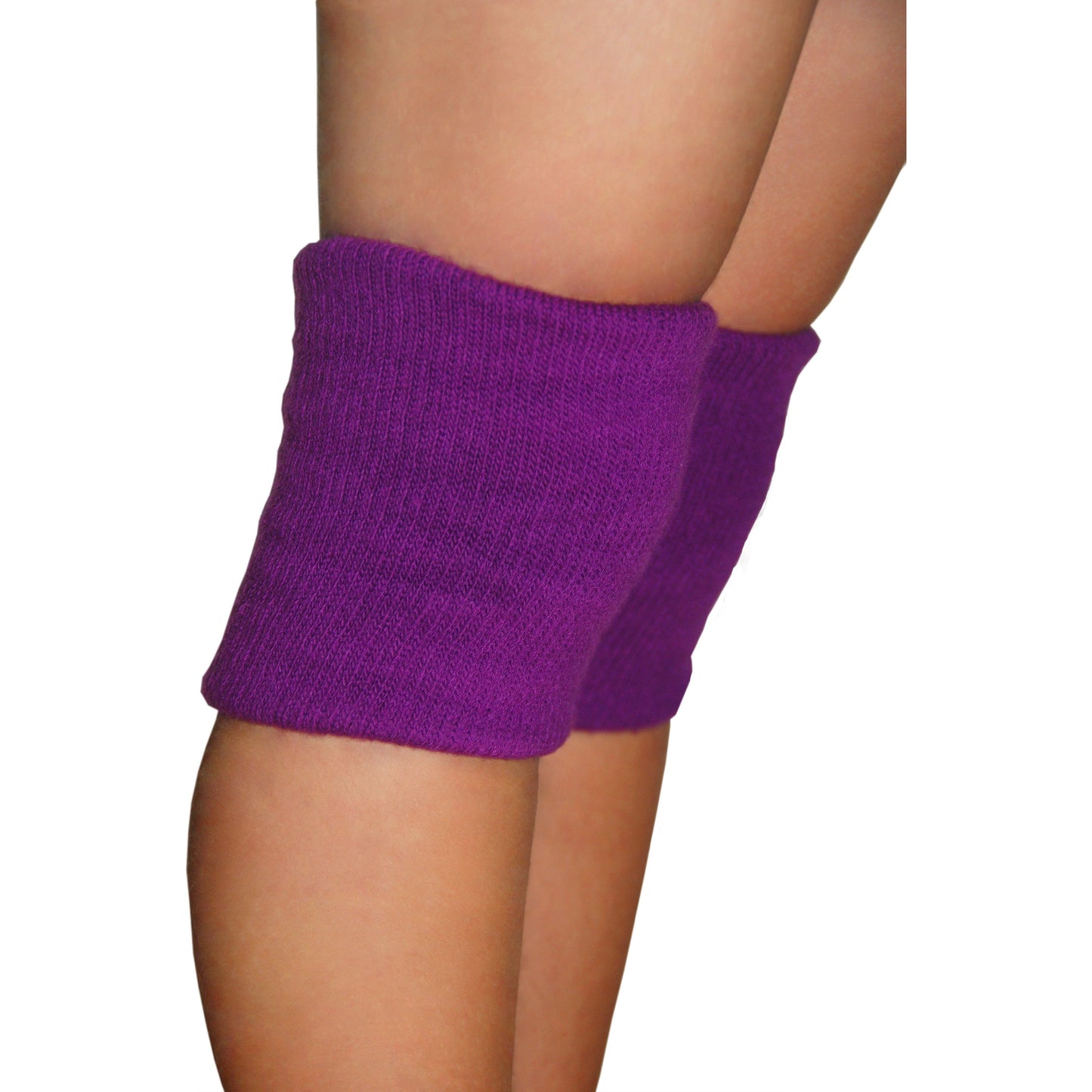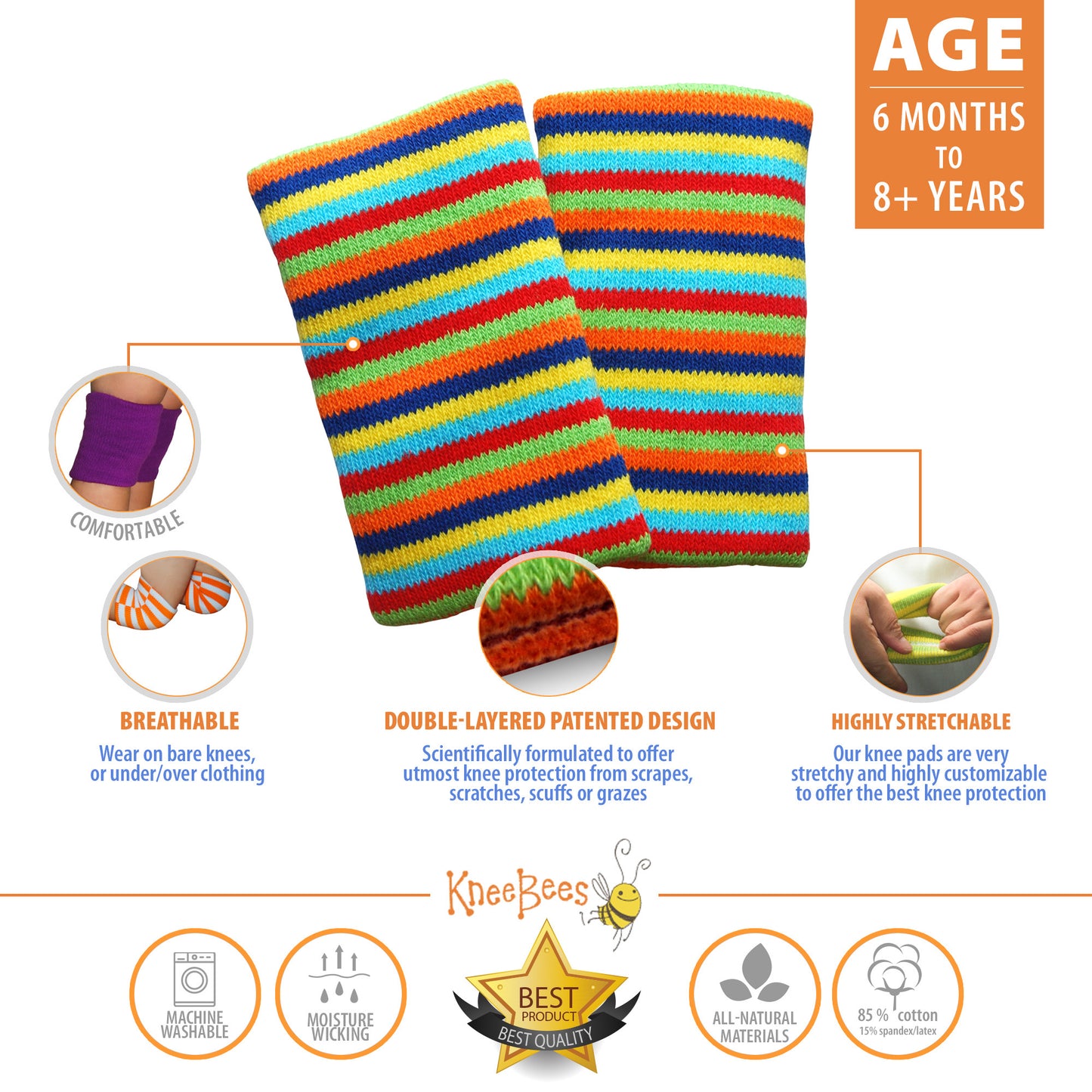

We saw a lot of children having fun in the snow in the last couple of days, and there were plenty of those (and not only children) who we saw enjoying a snow as a tasty treat. This is why we wanted to share this article from www.discovery.com, written by Danny Clemens regarding the dangers of eating snow.
"There's something magical about catching snowflakes on your tongue, and almost no one grows up without trying it at least once. Catching the occasional snowflake on your tongue is an integral part of growing up and enjoying winter, and while it's mostly safe, you should probably pass on eating the stuff that's already on the ground because it can pose several health hazards.
Pollution
Even as snowflakes fall to the ground, the pollution in the air sticks to them. Because you can only catch a few snowflakes on your tongue, you'll only ingest a microscopic amount, but if you eat large handfuls off of the ground, you'll be consuming higher amounts of unhealthy pollution. Even pure, white snow that's been undisturbed by humans or animals can be coated with pollution. Just because you can't see the pollution doesn't mean it isn't there.
Bacteria
You can't see bacteria with the naked eye, so simply looking at snow doesn't tell you much about what could be thriving in it. According to the Weather Channel, even pure, white snow can harbor bacteria called Pseudomonas syringae. However, these bacteria are everywhere, and chances are that you've come into contact with them numerous times apart from your snowy adventures. That doesn't mean you want to eat handfuls of the cold stuff, but a few flakes here and there aren't likely to cause harm.
Yellow, Pink, Brown and Black Snow
You've probably heard that you should never eat yellow snow, but it bears repeating, especially in terms of safety. Yellow snow indicates that an animal has urinated in that spot, and you definitely shouldn't eat it. It can harbor bacteria and germs that can make you quite sick. Pass on pink snow, which is often called "watermelon snow" because it tastes sweet. The pink color comes from microorganisms that live in the snow, but they can give you a severe case of diarrhea, according to June Fleming, author of "The Well-Fed Backpacker." Skip brown and black snow, too, because these colors usually indicate that the snow has been contaminated with dirt, mud or the greasy residue left behind by vehicles.
Tips and Considerations
If you're outside pursuing snowy endeavors, such as skiing or snowboarding, it might be tempting to eat a handful of snow to ward off thirst. Don't be quick to do so, however. Fleming notes that eating large amounts of snow can lower your core body temperature, which can be dangerous if you're outside in the cold weather.
Many people enjoy using real snow to make homemade snow cones. Pass on that, as well, especially if you're outside playing. The pollution you consume, even if the snow-infused snow cone tastes good, isn't worth it. Use shaved ice from your freezer instead."

